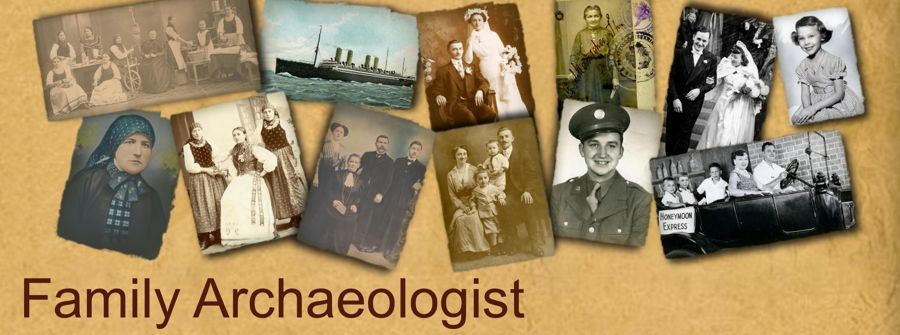The big ship is called a Stimer [German phonetic for "steamer"]. The little boat which brings people to the big ships is called a sailboat. [I don't know whether that was what the boat actually was called in English, but that's how her word, Segel, translates.
Before making its way to the open ocean, the Kaiser Wilhelm II picked up additional passengers, including a little bird, as Lisi noted:
10:00 a.m. Isle of Wight. A swallow travels with us
11:00 a.m Arrive Southampton
12:30 p.m. Depart Southampton
Every day she documented what she ate, which included such delectables as roasted (sometimes stewed) meats and fowl: beef, turkey, goose, and duck. She was served salads, soups, apples and oranges. Desserts like chocolate cream, pastries, vanilla cream custard, compote, a type of bundt cake, or ice cream might conclude the meals.
Lisi found a perfect souvenir to remind her of these savory repasts. On September 21, 1911, she wrote:
I paid 10 Pfennig for a postcard of the lunch menu to send to my sister.
 |
| Breakfast (Frühstück) Menu (Speisekarte) for 9/21/1911 the top (with photo) folded over the bottom and could be addressed and mailed as a postcard. |
I threw up a little and didn’t feel well, so I wasn’t hungry.
Besides the postcard menu, she bought other souvenirs on the boat as well:
On September 23, I bought a small teaspoon for 4 marks [German money].
7 cents for 2 postcards for me and one for J.G. of New York.
(See 7/19 post, Lisi's Moveable Feast to view Bremen/Bremerhaven postcards, which may be the ones she bought for herself).
The postcard for J.G. [clearly Josef Gartz] must be this one. It's a scene in New York and addressed to Josef with a postmark of "September," and content that tells him she’s landed safely. Before deciphering and translating her diary, I had assumed she bought the postcard in New York. Now I know its true provenance--from the ship. [Details coming up in a future post].
 |
| Lisi's postcard of her ship, Kaiser Wilhelm II |
At some time in her life (not clear when), Lisi recorded the details of her arrival in New York on the back of this postcard of the Kaiser Wilhelm II, bought either on the ship or in Bremen.
She wrote on the left side: Landing in N.Y. Disembarked from the ship at 7:00 p.m. on 26/9 (Sept. 26th) Elise Ebner, now Gärtz. (The "now Gärtz" tells me she made this note after her wedding. Another indication is that in her diary she noted the arrival time was 8:00 pm, meaning perhaps she misremembered the time by the time she made these notes. But close enough!).
On the right she wrote: This is my ship that brought me to America in the year 1911.
 |
| Lisi's documentation of her arrival on the back of the Kaiser Wilhelm II postcard, shown above left. |
On the next post, Lisi arrives at Ellis Island in New York where the ship's manifest (passenger list) documents the details of the next destination on her journey. It wasn't directly to Josef. To find out where she went first, check back next week.

















